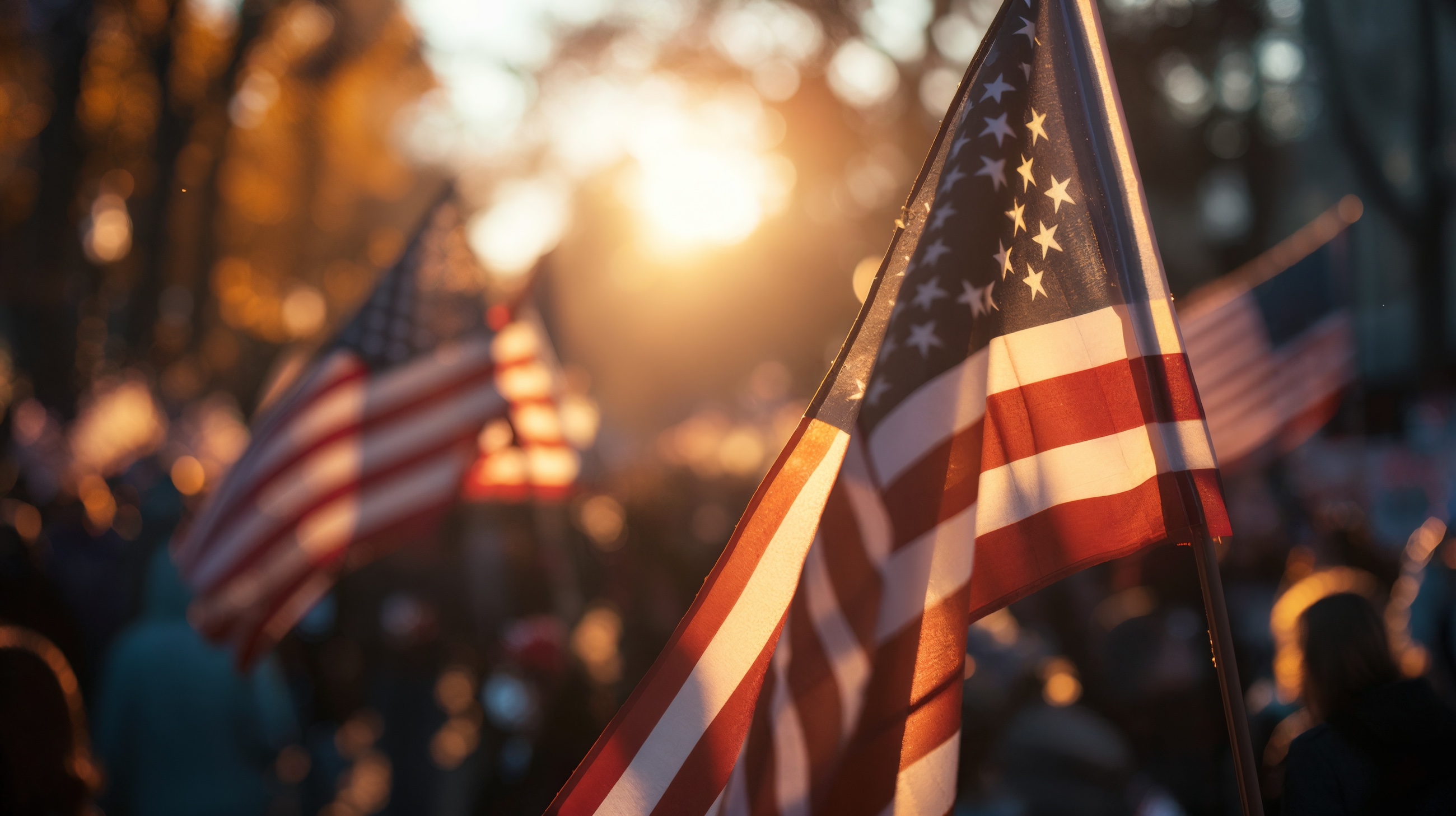As we approach this year’s election, security leaders across the nation face the dual challenge of protecting their organizations while ensuring the safety of their employees and stakeholders amid a volatile political climate. One key asset in navigating these turbulent times is the effective use of physical security guards. Here’s how these professionals can play a pivotal role in managing the risk of political protests.
1. Proactive Risk Assessment and Planning
The first step in managing potential disruptions is proactive risk assessment. Security guards can be instrumental in identifying potential threats and vulnerabilities by:
• Monitoring Political Climate: Keeping abreast of political developments, campaign events, and planned protests helps anticipate where and when disruptions might occur.
• Vulnerability Assessments: Regularly assessing the physical vulnerabilities of your organization’s premises, including access points and public spaces, to determine where additional security might be needed.
2. Enhanced Physical Presence and Visibility
A visible security presence can deter potential agitators and reassure employees and stakeholders.
• Mobile Patrol: Regular patrols of key areas can prevent unauthorized access and quickly address emerging threats.
• Access Control: By managing entry and exit points, security guards can control who enters your premises and ensure that only authorized personnel are allowed in.
• Engage with the Public: Positive interactions with employees and visitors can build trust and diffuse tensions before they escalate.
3. Crisis Management and Rapid Response
Despite the best planning, incidents can still occur. Having a well-trained security team ready to respond swiftly is crucial.
• Implement Emergency Response Protocols: Trained security guards can quickly activate emergency protocols, including evacuation plans and communication strategies. In the event of injuries, trained security personnel can offer first aid until professional medical help arrives.
• Coordinate with Law Enforcement: Effective communication and coordination with local law enforcement ensure a unified response to any incidents, enhancing overall safety and efficiency.
4. Intelligence Gathering and Reporting
Information is power. Security guards can contribute to intelligence gathering in several ways.
• Surveillance and Monitoring: Utilizing surveillance systems to monitor for suspicious activities and potential threats.
• Reporting: Documenting incidents and suspicious activities provides valuable data for ongoing risk assessments and future planning.
• Staying Informed: Regular briefings and updates on the evolving political landscape help adjust security measures as needed.
5. Training and Preparedness
Preparation is key to effective security management. Ongoing training ensures that security guards are ready to handle a variety of scenarios:
• Scenario-Based Training: Regular drills and scenario-based training exercises prepare guards for different types of incidents, from peaceful protests to more aggressive confrontations.
• De-Escalation Techniques: Training in de-escalation techniques helps guards manage tense situations without resorting to force, reducing the risk of injury and property damage.
• Cultural Awareness: Understanding protesters’ diverse backgrounds and motivations can help security guards engage more effectively and empathetically.
In this election year, political protests are certain to occur. By leveraging the skills and expertise of security guards, security leaders can ensure that their organizations remain safe and secure. Proactive planning, enhanced visibility, rapid response capabilities, intelligence gathering, and comprehensive training are all critical components of a successful security strategy.
If your organization is looking to augment your security during this time, contact us for your needs today.


